|
Most of us love to eat chocolate. Whenever, I travel to a new country I always purchase chocolate manufactured in that country to bring home for my family.
July 7th is designated World Chocolate Day but did you know that the World's First Chocolate Bar was created in 1847 by cacao refinery owner Joseph Fry? According to research he combined cocoa powder, cocoa butter, spices and sugar to form a solid bar of chocolate. It is because of Joseph Fry people all over the world can now enjoy chocolate. Giving chocolates as gifts on special occasions like Valentine's Day , Christmas , birthdays and other special celebrations is now a norm. By the way Joseph Fry is also credited with Fry's Cocoa , a beverage from our past. (Source: Angelo Bissessarsingh's Virtual Museum of T&T, July 7, 2023)
0 Comments
Before the days of Ipads and Netflix, most kids had a hobby to occupy their spae time. Popular ones were writing to pen pals, reading novels, starting up a butterfly collection, sewing, taking music lessons, opening up a scrapbook, or collecting coins and stamps from different parts of the world (it was always a childhood dream of mine to come across a rare coin or stamp and sell it for millions of dollars ). Stamp collecting is still a popular pastime with an interesting history. Unlike the majority of the British colonies, Trinidad never used British stamps. The first was the Lady McLeod issue, produced by a local shipping company in 1847. After Trinidad set up a Postal Administration in 1851, the first Trinidad issued stamp was introduced using the ‘Britannia’ design. These were printed in a variety of colours. Tobago brought out its own issue in 1879. When the two administrations were joined in 1913, all stamps were then printed ‘Trinidad and Tobago'. Some used Trinidad and Tobago stamps are surprisingly difficult to find, especially the small group of half penny stamps with overprints on them. These stamps can fetch up to US $2,000 each. By comparison, however, the most valuable and famous stamp in the world is from our Caricom neighbour, Guyana (or British Guiana as it was once called). The British Guiana 1c magenta sold for a whopping US $9,480,000. It was initially issued in limited numbers, and only one is known to exist in the world today. It is considered to be the most expensive item, by weight and size, ever sold in history. (Source: Angelo Bissessarsingh's Virtual Museum of Trinidad and Tobago, June 27, 2023 - Michael Baiz) How many of us older folks remember wearing " washykong" ( washeekongs) sneakers back in the 50s and 60s?
Sneakers or washeekong were flat walking shoe with a canvas upper, circled with a band of rubber , fastened with cotton laces and vulcanized rubber sole. One theory as to origin of name washeekong is that it is a TRINI word. The theory suggest word "Qigong” is of Chinese origin maybe :perhaps Mandarin origin. " Qigong” is pronounced chee-gong" . Our locals kids had to be reminded to wash them regularly to keep them clean, hence the origin of the word 'wash chee gong' then finally: *washykongs/washeekong * According to French Creole Dictionary these shoes were referred to as crepe soles .The French term, crêpe, derives from the Latin crispa, meaning with "creases" , Crepe sole referred to shoes made with crepe rubber. Crepe rubber according to the English Dictionary is coagulated latex that is rolled out in crinkled sheets and commonly used to make soles for shoes How many remembered having to wash their washeekongs ( as they were referred to in Trinidad) , put them out to dry in the sun and use whitening bought in Bata stores to get the canvas lily white? This vintage Ad ( courtesy Ricardo Rambally ) was taken from,1943 year book. Note unusual spelling of the word. Imagine in those day a pair of washeekongs was only $1.43. (Source: Angelo Bissessarsingh's Virtual Museum of T&T, July 12, 2023) DidYouKnow that June 26th, 2023 marked 109 years since Port of Spain was officially incorporated as the capital city of Trinidad and Tobago?
Today, we’re sharing this aerial photo of Port of Spain, circa 1960s, showing a glimpse of the city from the port to the Northern Range. Do you recognize any current buildings? Can you spot others that are no longer standing? This photo is part of the National Archives of Trinidad and Tobago Photo Collection. (Source: National Archives of Trinidad and Tobago) The National Archives of Trinidad and Tobago extends our condolences to the family, friends and colleagues of Professor Emeritus Brinsley Samaroo. Professor Samaroo was an acclaimed researcher, historian, politician, and academic who was known for his in-depth exploration into Trinidad and Tobago’s working class movements, Indo-Caribbean history, and political history.
Professor Samaroo began his academic career studying at universities in Delhi and the United Kingdom, before returning home to Trinidad & Tobago where he pioneered research into the Indian diaspora. After accepting teaching positions at the University of the West Indies to lecture in New World, and South Asian history, he decided to turn his focus to politics where he served as an Opposition Senator from 1982-1986. Following this, he was elected to the House of Representatives in 1986, and was a notable figure in the National Alliance for Reconstruction (NAR), especially during the 1990 Coup where - according to former government minister Winston Dookeran - he was integral to helping oversee deliberations. Beyond politics, Professor Samaroo pursued his academic career for over fifty years at the University of the West Indies, publishing numerous books and articles concerning Trinbago’s history. Some of these include: “The Art of Garnet Ifill: Glimpses of the Sugar Industry”, “The Price of Conscience: Howard Nankivell and Labour Unrest in the Caribbean 1937-1938” and, “Adrian Cola Rienzi: The Life and Times of an Indo-Caribbean Progressive”. This photo showing Professor Brinsley Samaroo is courtesy of the Daily Express Newspaper, June 13, 2023. This newspaper is part of the National Archives of Trinidad and Tobago Newspaper Collection. (source: National Archives of Trinidad and Tobago, July 10, 2023) Did you know that the Empire Windrush’s first port of call in the Caribbean was actually here in Trinidad and Tobago!
On May 20th 1948, the Empire Windrush arrived in Trinidad and Tobago after leaving the United Kingdom with over 300 servicemen and their families who were in transit to Barbados, Jamaica, and British Guiana. Later that same day, the Empire Windrush departed Port of Spain, taking 177 persons from Trinidad and Tobago onwards to Jamaica, Mexico, Cuba, Bermuda, and then finally to Tilbury Docks in London. This began what we know today as the mass migration of post-war Caribbean settlers to the United Kingdom, known as the Windrush Generation. Many Trinbagonians were part of this generation, and they made significant contributions to the music, culture, society, and politics of the United Kingdom. Some Trinbagonians pictured here who were part of the Windrush generation are: Samuel Selvon, author. Harold Phillips, also known as Lord Woodbine, known for his influence on The Beatles. V.S. Naipaul, author. Baroness Floella Benjamin, actress, author and politician. The photo of author Sam Selvon is courtesy of the book, “Insight Guides to Trinidad & Tobago” published by Insight Guides, London. The photo of author V.S. Naipaul is courtesy of the book, “Letters Between A Father And Son” by V.S. Naipaul. These books are part of the National Archives of Trinidad and Tobago Reference Collection. The photo of Baroness Floella Benjamin is courtesy of the Trinidad and Tobago Guardian, Jan 8th 2023. This newspaper is part of the National Archives of Trinidad and Tobago Newspaper Collection. The photo of Lord Woodbine is courtesy of the Liverpool Echo. Carol, et al. “Windrush War Hero Who Smuggled George Harrison into Hamburg.” Liverpool Echo, 30 Dec. 2019, http://www.liverpoolecho.co.uk/.../windrush-war-hero-who.... The photo of the Empire Windrush is courtesy of the Windrush Foundation. “About Us.” Windrush Foundation, 23 Dec. 2020, windrushfoundation.com/about-us/. References: Lloyd’s Shipping Index: Voyage Supplement April - June 1948. This is courtesy of Caird Library & Archive, United Kingdom. The Shipping Reporter. “Over 100 Sail to U.K.” The Port of Spain Gazette, 21 May 1948. This newspaper is part of the National Archives of Trinidad and Tobago Newspaper Collection. (Source: National Archives of Trinidad and Tobago, July 9, 2023) Happy 88th Birthday to the renowned Trinbagonian novelist, playwright and journalist, Earl Lovelace!7/18/2023 He is known for his highly-awarded literary career that has spanned five decades, producing works such as: “The Schoolmaster” (1968), “The Dragon Can’t Dance” (1979), and “Salt” (1996) which was the winner of the Commonwealth Writers Prize in 1997.
Born in Toco on July 13th 1935, Lovelace was sent to live with his grandparents in Tobago until age 11, when he rejoined his family in Trinidad in 1946. As a young man, he worked as a proofreader at the Trinidad Publishing Company, followed by jobs with the Department of Forestry and the Ministry of Agriculture as a forest ranger. These positions gave him an inside look at what life was like in the more rural areas of Trinidad, which he then utilised in his writing. Lovelace’s books are distinct because as a native writer he covered topics indigenous to Trinidad and Tobago, such as Carnival, colonialism, and the banning of Spiritual/Shouter Baptists. His 1982 book, “The Wine of Astonishment” was written entirely in Trinidadian dialect. His first novel, “While Gods Are Falling”, was published in the United Kingdom in 1965. Lovelace moved to the United States the following year to study at Howard University, and in 1979 he published his third novel, the acclaimed “The Dragon Can’t Dance”. He also wrote its stage adaptation, and his work as a playwright continued during the 1970s, publishing, “My Name is Village” (1976) and “Jestina’s Calypso” (1978). Lovelace is also an accomplished newspaper columnist and university lecturer, having lectured in Literature at numerous universities abroad and at the University of the West Indies, St. Augustine. For his work, Lovelace was awarded a Guggenheim Fellowship in 1980, the Chaconia Medal (Gold) in 1988, and an honourary doctorate from the University of the West Indies in 2002. This photo is courtesy of the Trinidad Express Newspaper, Nov 12th, 2018. This newspaper is part of the National Archives of Trinidad and Tobago Newspaper Collection. References: Ali, Shereen. “Bocas Lit Fest Pays Tribute to Earl Lovelace.” The Trinidad and Tobago Guardian, 2 July 2015. Bastien, Elliot, and Sandra Bernard-Bastien. World Class Trinidad & Tobago: An Area of Abundance: Profiles of Performance. Sekani Publications, 2006. Lovelace, Earl. The Dragon Can't Dance. Faber and Faber, 1998. (Source: National Archives of Trinidad and Tobago, July 13, 2023) "Sparrow was born in Grenada, but was less than two years old when his family migrated to Trinidad in 1937. He made his professional debut in 1954 at the Old Brigade Tent where he sang as the Little Sparrow. In 1956, he changed his name to The Mighty Sparrow, moved to the Young Brigade Tent, and won both the Calypso King and Road March titles; he repeated this double-crown feat in 1960 and 1972. As his popularity increased, Sparrow would come to be known as "Birdie." In a distinguished career that began in the mid-1950s, Sparrow won a total of eight Calypso King titles: 1956, "Jean and Dinah"; 1960, "Ten to One" and "Mae Mae"; 1962, "Sparrow Come Back Home" and "Federation"; 1963, "Dan Is The Man in the Van" and "Kennedy and Kruschev"; 1972, "Drunk and Disorderly" and "Rope"; 1973, "Happy School Days" and "Same Time Same Place"; 1974, "Miss Mary" and "We Pass That Stage"; 1992, "Both of Dem" and "Crown Heights Justice." Sparrow also won eight Road March titles: 1956, "Jean and Dinah"; 1958, "Pay as You Earn"; 1960, "Mae Mae"; 1961, "Royal Jail"; 1966, "Obeah Wedding"; 1969, "Sa Sa Yea"; 1972, "Drunk and Disorderly"; 1984, "Doh Back Back." His calypsoes were played by four steelband Panorama winners: 1963 - Dan Is The Man In The Van (North Stars); 1966 - Obeah Wedding (Desperadoes); 1971 - Queen of The Bands (Starlift); 1978 - Du Du Yemi (Starlift). Sparrow has received numerous awards throughout his career. He received the ultimate honor in July 2001 when his statue was installed in the community of St. Ann's." (Source: Angelo Bissessarsingh's Virtual Museum of T&T, July 9, 2023) |
T&T news blogThe intent of this blog is to bring some news from home and other fun items. If you enjoy what you read, please leave us a comment.. Archives
July 2025
Categories
All
|

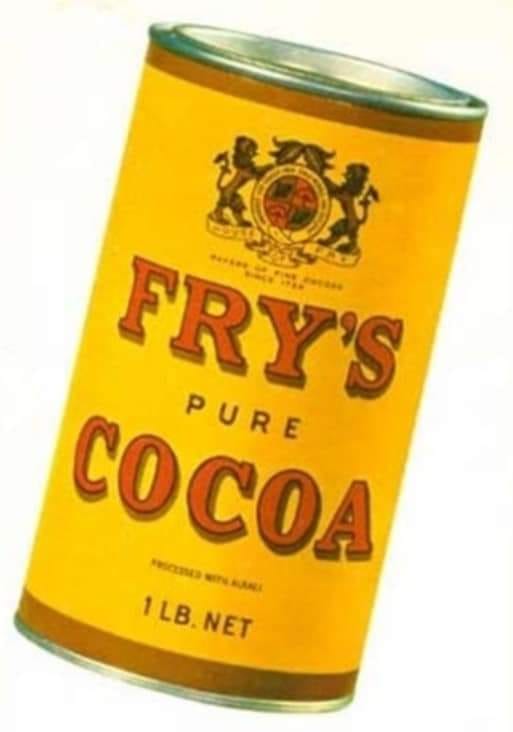




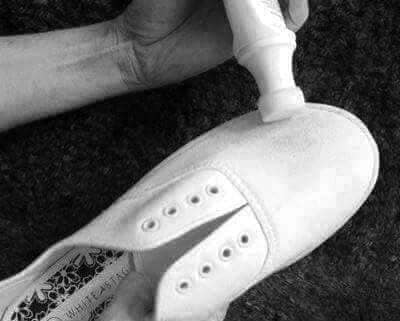
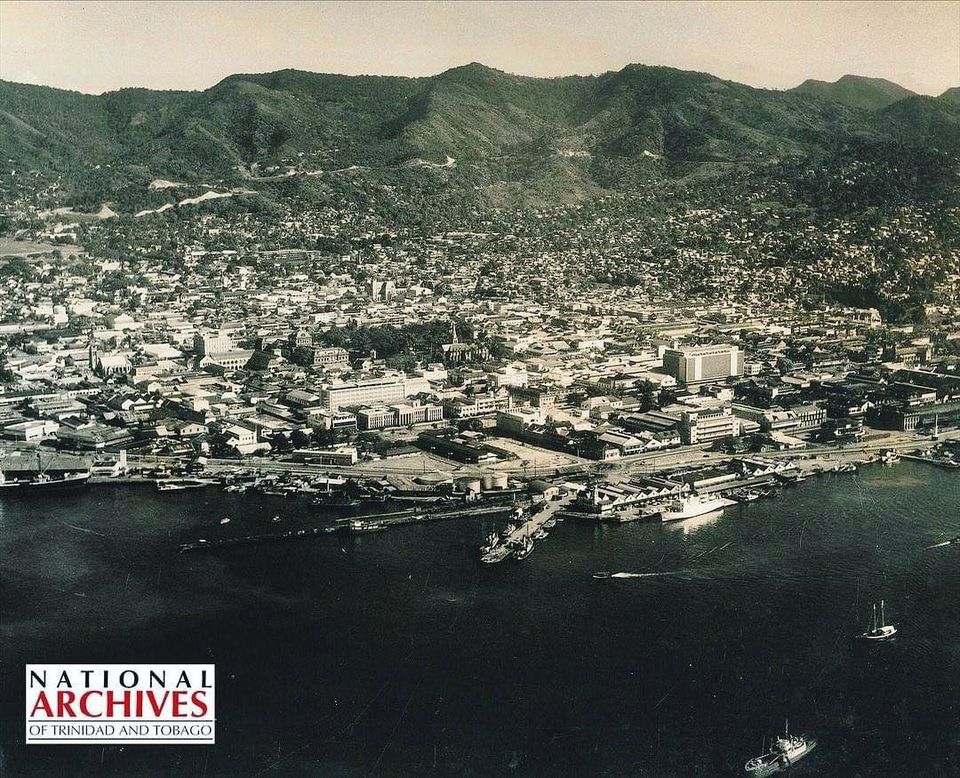

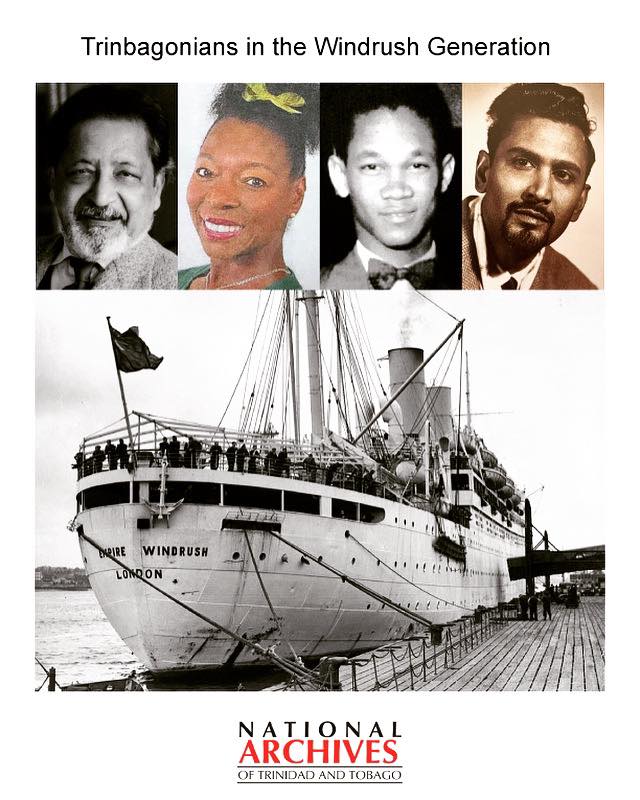
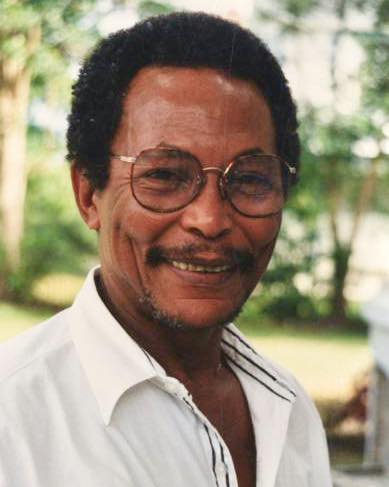



 RSS Feed
RSS Feed